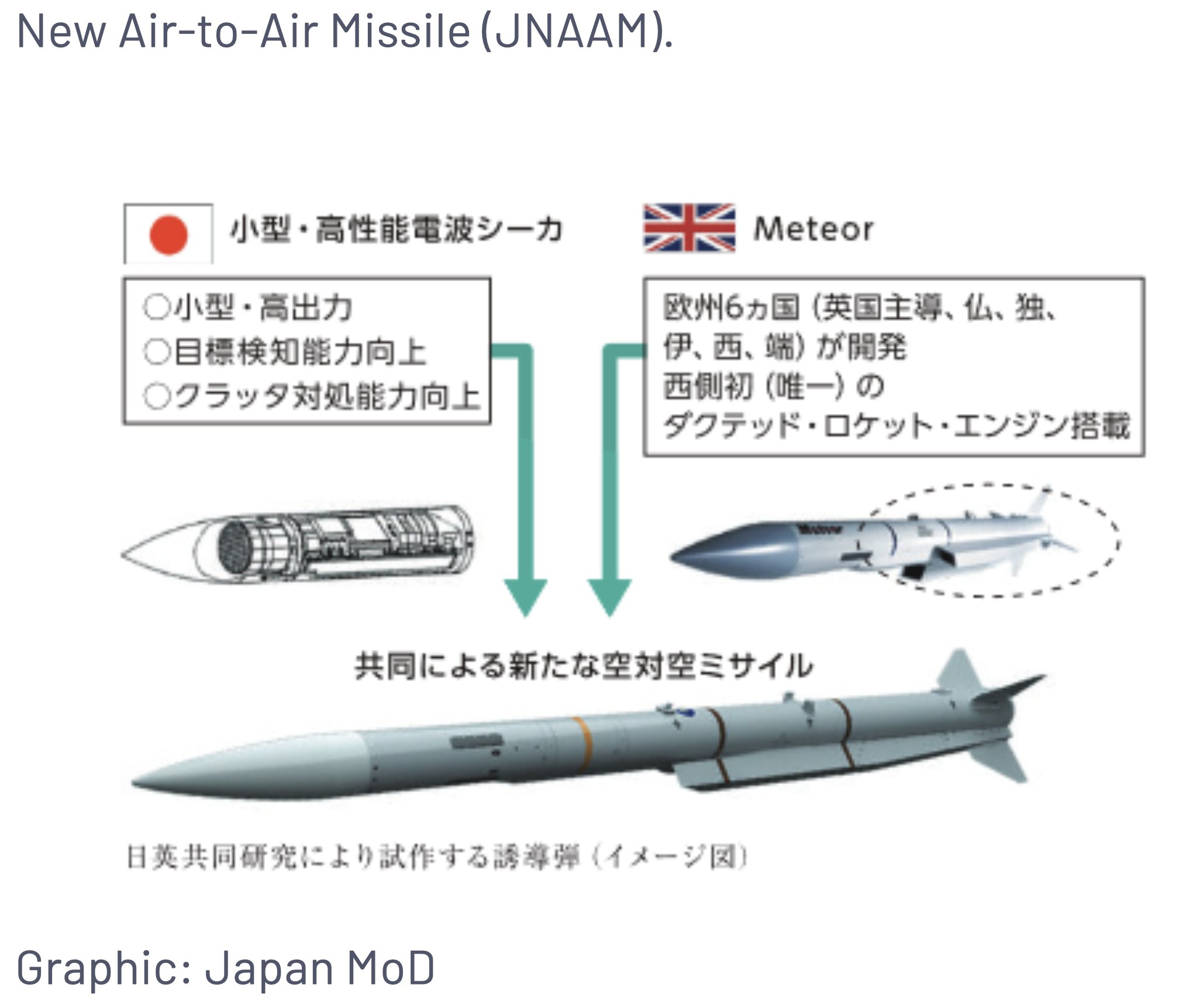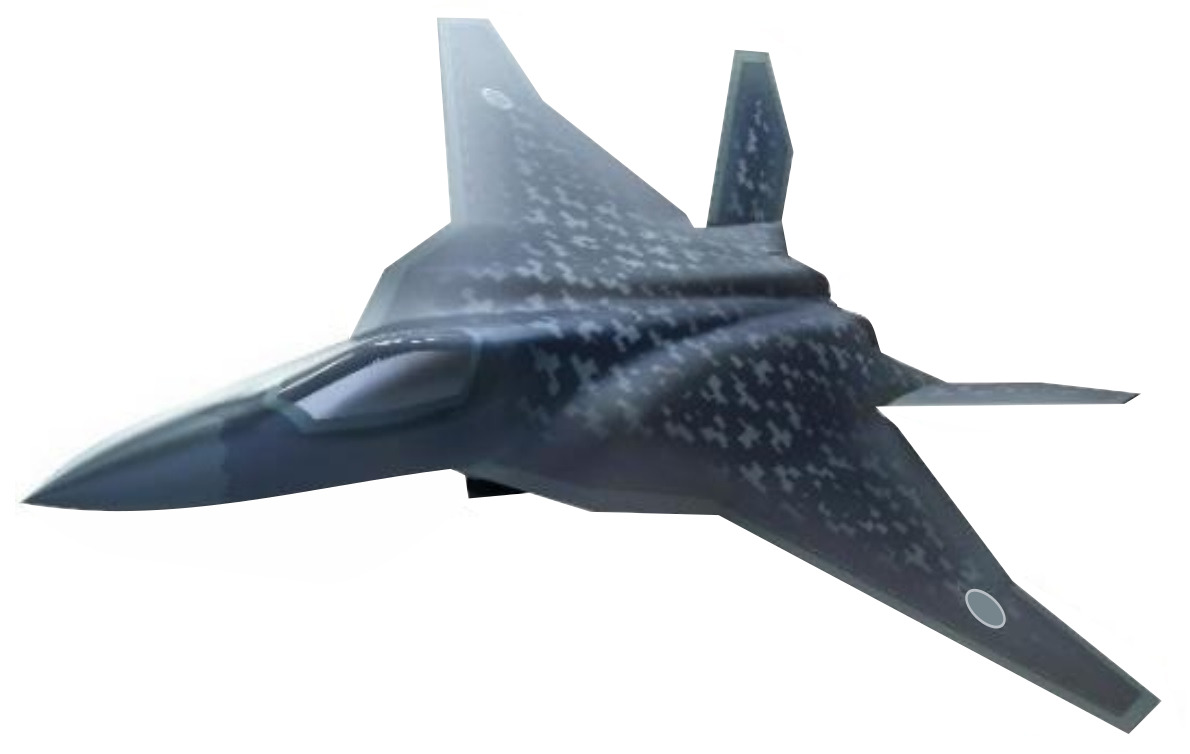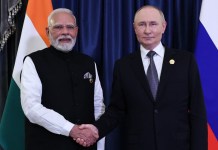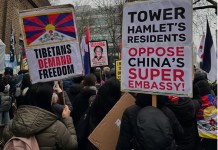The Fumio Kishida government in Japan has confirmed that Tokyo will continue working with the United Kingdom on a Joint New Air-to-Air Missile (JNAAM) in the fiscal year 2022. Japan has previously announced collaboration on engine development and advanced sensor technologies.
Japan’s Ministry of Defense (MoD) has set aside JPY350 million ($3 million) to cover costs associated with air-launch tests of a prototype of the JNAAM in FY 2022, which will begin in April, an official at the MoD’s Acquisition, Technology & Logistics Agency (ATLA) told Janes on February 21.
The collaborative program was moved to a prototype stage in FY 2018 with the trial production expected to conclude in FY 2022, according to the official.

The official stated that the program will be rescheduled due to the Covind-19 pandemic. Following the prototype’s trial production, the two countries will examine the missile’s effectiveness before deciding whether to mass-produce the weapon.
The missile technology that the UK will offer to the project is linked to the Meteor Beyond Visual Range Air-to-Air Missile (BVRAAM) from MBDA. The Japan MOD, on the other hand, is considering integrating advanced radio-frequency (RF) seeker technologies developed by Mitsubishi Electric for the AAM4B missile in order to improve the BVR missile’s accuracy and performance while also assisting the development of the JNAAM.
Growing Japan-UK Defense Cooperation
On February 15, the UK and Japan announced cooperation on sensor technologies for both the Tempest and F-X future combat aircraft programs, extending their military-technology relationship.
The Letter of Arrangement (LOA), signed by the two governments, involves collaborative work on a universal radio-frequency (RF) sensor technology known as Japan and Great Britain Universal Advanced RF (JAGUAR) system.
“The JAGUAR could enable the Armed Forces to better detect future threats from air, land and sea, quickly and accurately locating targets and denying surveillance technology operated by our adversaries,” the UK Ministry of Defense (MoD) said at the time in a press release.
In December of last year, the two countries had also announced plans to collaborate on the development of a future fighter jet engine demonstrator. Rolls-Royce is spearheading the engine demonstrator effort for the UK while the IHI Corporation will represent the Japanese side.
Both the Tempest and the F-X have similar timeframes; both are likely to be operational from the mid-2030s. The sixth-generation Tempest is being developed in the United Kingdom as part of the Future Combat Air System (FCAS) program, involving BAE Systems, Leonardo UK, MBDA, and Rolls-Royce.

Meanwhile, Mitsubishi Heavy Industries (MHI) is the sole prime contractor for the F-X fighter aircraft program in Japan, with seven subcontractors including IHI, Kawasaki Heavy Industries (KHI), SUBARU, Toshiba, NEC, Fujitsu, and Mitsubishi Electric.
Additionally, At the September 2021 DSEI exhibition, Tempest’s Program Director, Air Commodore Johny Moreton, stated the relationship might be expanded into electronic warfare and radar capabilities.
As previously reported by EurAsian Times, Japan could be the next country to join the Tempest FCAS program, which is being developed by the UK, Sweden, and Italy. The Tempest program, headed by the United Kingdom, aims to have a core fighter and a range of additional technology on the ground by 2035.

Furthermore, any partnership utilizing Japan’s advanced defense technology has the potential to bolster Japan’s relationship with the United Kingdom, which Tokyo regards as a “quasi-ally”, while also enhancing the country’s own defense capabilities.
While both countries are working together on a number of advanced technologies, it is also critical to protect these technologies from falling into the wrong hands. According to reports from Japan’s Ministry of Defense, on December 25th, “some 20,000 pieces of information related to Japan’s defense may have been leaked in the January 2020 large-scale cyberattack on Mitsubishi Electric Corp.”
These breaches have the potential to hinder the development of joint projects involving strategically critical technology.
- Contact the author at ashishmichel@gmail.com
- Follow EurAsian Times on Google News




